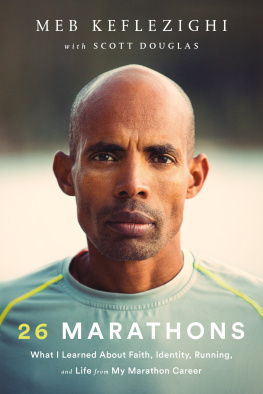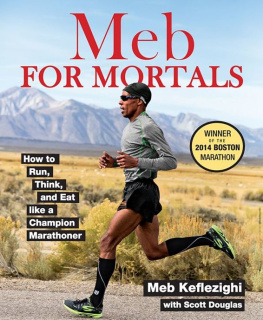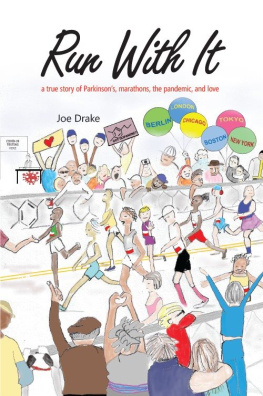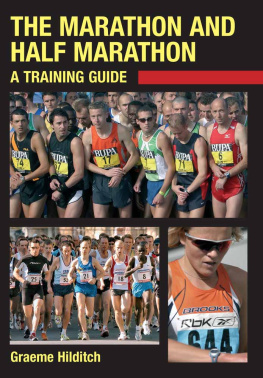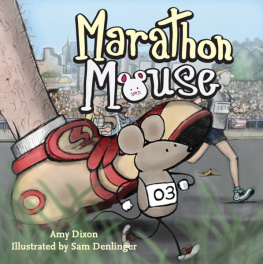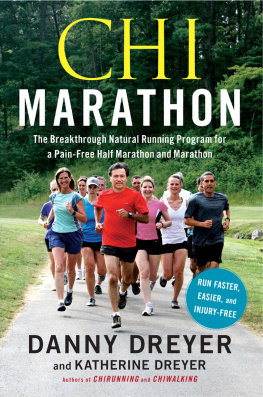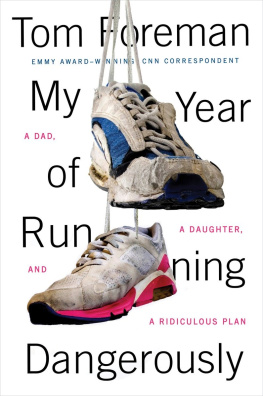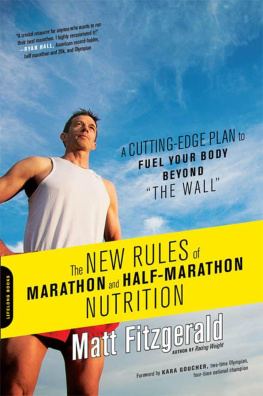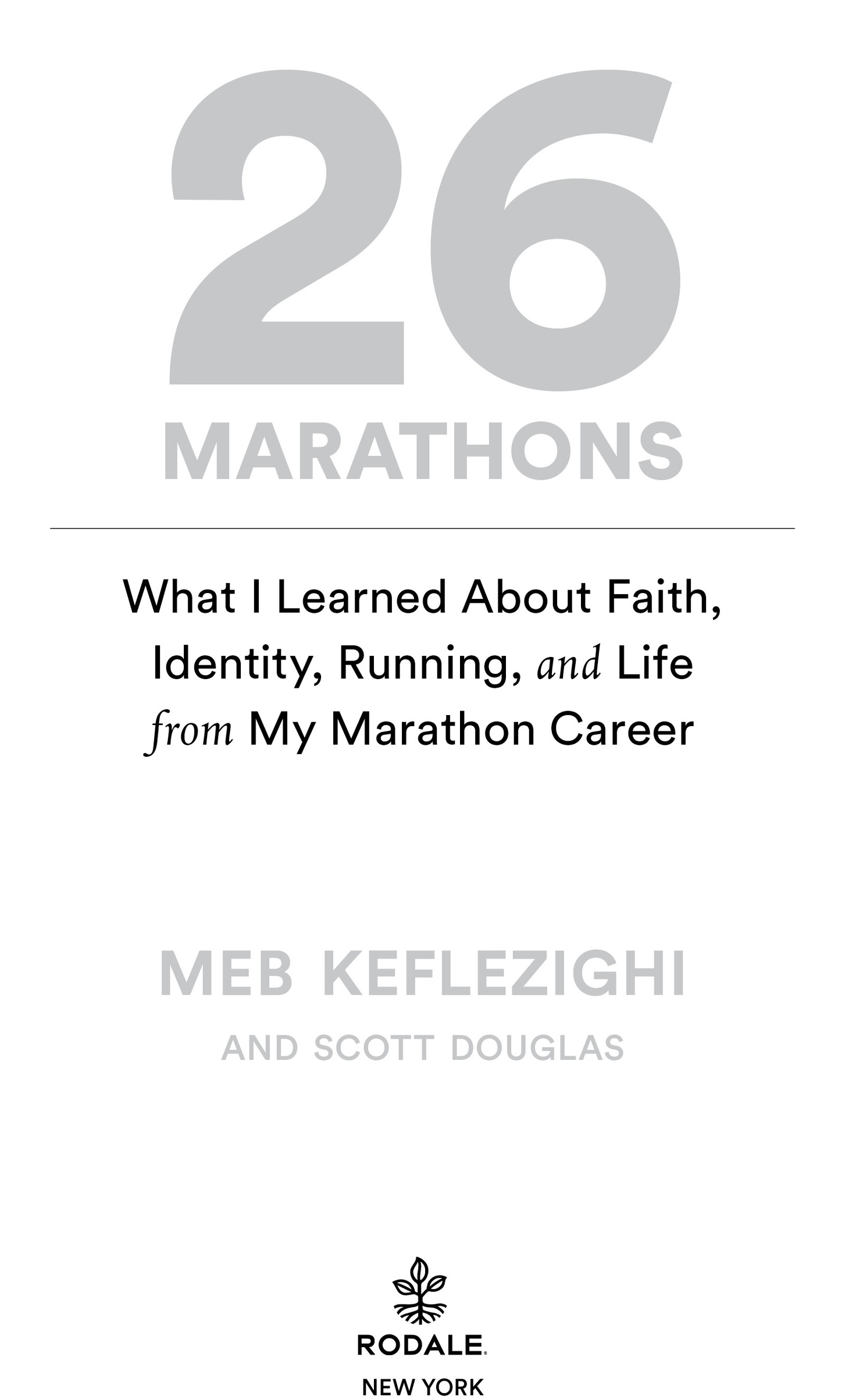Contents
Landmarks
Print Page List
Copyright 2019 by Mebrahtom Keflezighi
All rights reserved.
Published in the United States by Rodale Books, an imprint of the Crown Publishing Group, a division of Penguin Random House LLC, New York.
crownpublishing.com
rodalebooks.com
RODALE and the Plant colophon are registered trademarks of Penguin Random House LLC.
For additional photo credits, see .
Library of Congress Cataloging-in-Publication Data is available upon request.
ISBN9781635652888
Ebook ISBN9781635652895
Cover design by Pete Garceau
Cover photograph by Alex Aristei
v5.4
ep
To my parents, Russom and Awetash, who sacrificed their own lives to seek better opportunities for their children.
To Amoy Letemichael and Dr. Luigi Brindicci, who made a lot of the family journey possible. Without your big hearts, none of our successful results would have been possible. Rest in peace, Amoy.
To my brothers and sisters, who supported and understood my crazy schedule. I missed out on a lot, but now you know why.
To my wife, Yordanos, and our children, Sara, Fiyori, and Yohana. You are my inspiration.
To my classmates, teammates, teachers, coaches, and friends, and the people in the medical field who encouraged and challenged me to be my best in every aspect of life. Now these lessons are shared with others.
Meb Keflezighi
Contents
INTRODUCTION
The first thing I see is the finish line behind me.
For a moment, Im confused. Why am I lying on the ground with my head cradled in my hands? Then I remember: Ive just finished the 2017 New York City Marathon and have collapsed in exhaustion.
In that moment Im flooded by thoughts. I think about how I started my marathon career crossing this very finish line fifteen years earlier, and how after that first one I said Id never run another. I think about changing my mind and trying the marathon again. I think about winning an Olympic silver medal in 2004, about a marathon in 2007 that almost ended my career, about coming back stronger than ever to win New York in 2009, about the bad marathons that almost caused me to quit the sport, about resolving to give it one more shotand the redemption that came by winning Boston one year after the bombings there. It hits me that Ive just completed my twenty-sixth marathonone for each mile of the race, to end my professional running career.
For the first few seconds after finishing, Im fine. Then I realize Im shaking and am about to hit the ground hard. My instincts tell me to protect my head. I slump to the road like its a bed, with my hands like a pillow. Then Im unconscious.
When I come to, my main thought is to get up and let everyone know Im okay. Before I can, my wife, Yordanos, our oldest daughter, Sara, and my good friend Dr. Andy Rosen come to the rescue. They and others try to lift me. Ive never felt so heavy in my entire life. Once Im on my feet I see our other daughters, Yohana and Fiyori, and my parents. People take turns keeping me stable. Pretty soon we find my brother and manager, Hawi, and my longtime coach and mentor, Bob Larsen. As I stagger around, the team that unceasingly supported me throughout my marathon career is now doing so literally. I think about how the marathon really is a metaphor for life. Ive given my all, today and over the course of twenty-six marathons.
LESSONS LEARNED
Emil Zatopek, the only runner to win the 5K, 10K, and marathon in the same Olympics, said, If you want to run, run a mile. If you want to experience a different life, run a marathon.
Each of my twenty-six professional marathons was not just a race against the top runners in the world, but a learning experience. I emerged from all of my marathons a smarter runner, a better racer, and a wiser person. Every race had moments, challenges, and triumphs that made for a unique learning experience. My goal in this book is to share the key takeaways from each race and show how to make use of those lessons in your own running and life.
The book is organized by marathon, one per chapter, presented chronologically. The lessons cover everything that contributed to my success, which is to say pretty much everything imaginablepacing and race tactics, family and faith, nutrition and training, mental toughness and goal setting. I hope youll feel like were on a run together as I give an inside look at my marathon career and provide equal doses of inspiration and practical advice.
RUN TO WIN
The undercurrent running throughout this book is my run to win philosophy.
Run to win doesnt mean always trying to finish first. Even for elite runners, finishing first is the exception, not the rule. I broke the tape at only three of my twenty-six marathons. Sure, I hoped to and tried to win most of them, but when I placed something other than first, I was content as long as I had run to win in the broader sense.
What do I mean? Simply that run to win isnt about finishing first, but about getting the best out of yourself.
I started using this philosophy long before I became a marathoner. When I was a high school sophomore in San Diego, my Sunday routine started with church, followed by a trip to the house of Steve and Gail Van Camp. Their daughters, who were runners, were my academic tutors. They would help with my homework, especially English. Then I would mow the Van Camps lawn, and Id join the family for dinner, usually spaghetti. Over dinner Dr. and Mrs. Van Camp would ask me about my schoolwork and upcoming competitions. We would discuss my goals for the races. How fast did I think I could run? What would be a good showing? Did I think I could win? Who are the key contenders? It was homework on top of homework.
Thinking about my races that way helped me broaden my definition of success. I realized that it could be just as satisfying to finish fifth instead of first if I could honestly say Id given my best. Setting personal records took on new meaning, because they were indisputable evidence that I had done better than I ever had at a particular distance. With the Van Camps help, I learned how to evaluate my performances in less-objective situations than a timed race on the track, including ones outside running.
This philosophy meshed well with Coach Larsens approach once I got to UCLA and started working with him. As a college coach, Bob was overseeing the training and racing of dozens of athletes in different events. Theres a great range of ages and abilities among college athletes; many people who were stars in high school struggle once they find themselves in the middle of the pack. Coach Larsen was great at getting everyone to think about what success would mean for them, regardless of how others performed. Being a UCLA Bruin also meant learning from legendary basketball coach John Wooden. He said, Success is peace of mind, which is a direct result of self-satisfaction in knowing you made the effort to become the best of which you are capable.
I carried that mind-set into every marathon I ran. It was key to the many successes I had in my career, and it helped me through some very rough times. I hope that this book inspires you to run to win on your terms, in running and in life.


